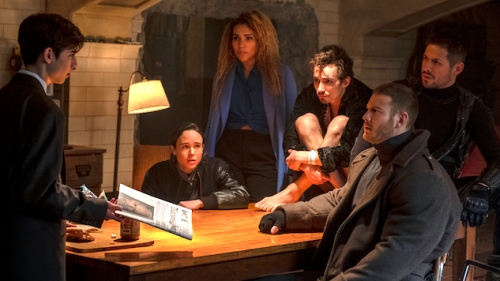My movie playlist on “The End of the World: Apocalypse from the Margins” was just published on the Media Playlists Website of The Centre for Screen Cultures at St. Andrews here.
The apocalypse has always been a popular scenario in science-fiction film. Yet the circumstances bringing about the end of the world on the big screen have continuously changed along with the shifting threats and fears human society has faced throughout the 20th century.
In the early 21st century, the end of the world increasingly feels imminent in a way it rarely did before. As climate change researchers predict impending environmental collapse, political crises bring about the implosion of seemingly stable nation states, and a global pandemic exposes the pressure points of countries across the globe, the end of the world is no longer just a figment of imagination, a mediated spectacle brought about by an alien invasion.
This ubiquitous undercurrent of catastrophic doom has also brought forth new cinematic narratives and images. Hollywood tales of the hypermasculine white hero singlehandedly saving the day, the world, and his estranged wife and children, are increasingly replaced by transcultural dystopian visions of disenfranchised and marginalized people fighting for survival and resources as the world around them slowly dies.
This playlist is dedicated to the smart and lovely students in my 21st-century Sci-Fi Film class at BGSU in Spring 2020, who set forth to study contemporary science fiction and got to realize, as the semester went on, that what we had approached as examples of speculative fiction had somehow become reality.









